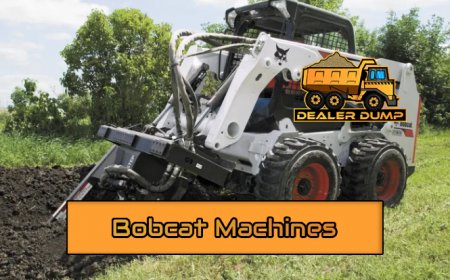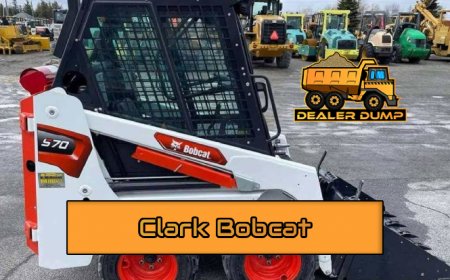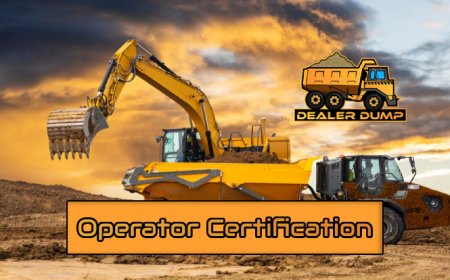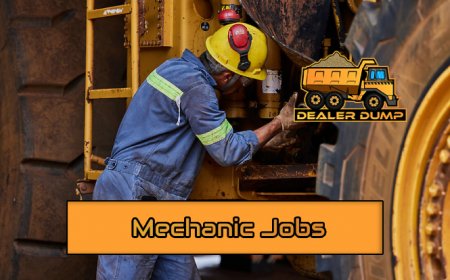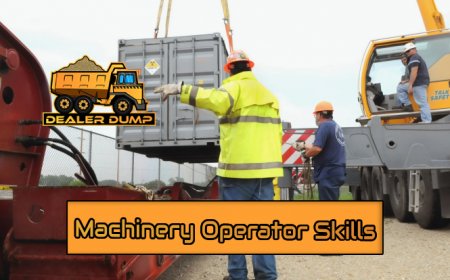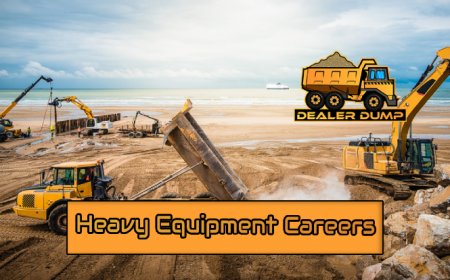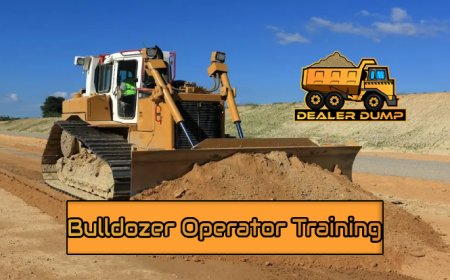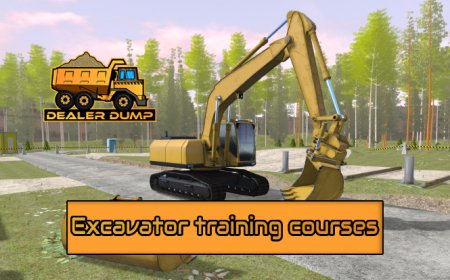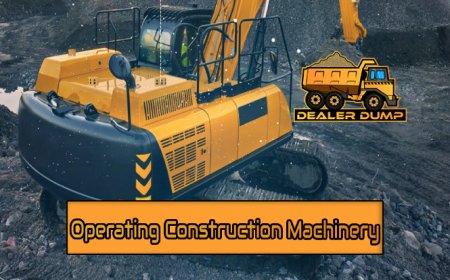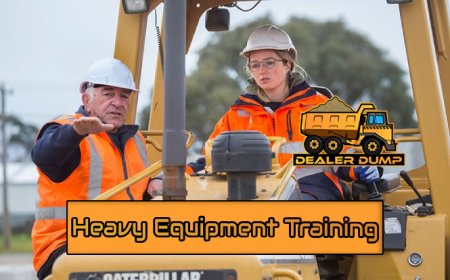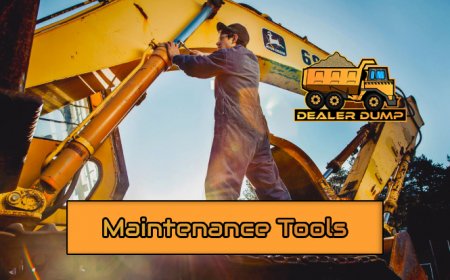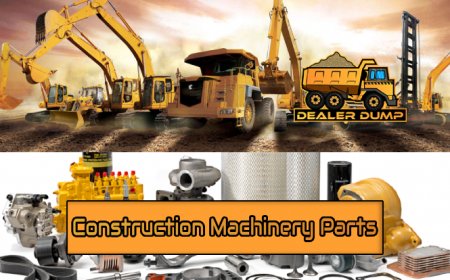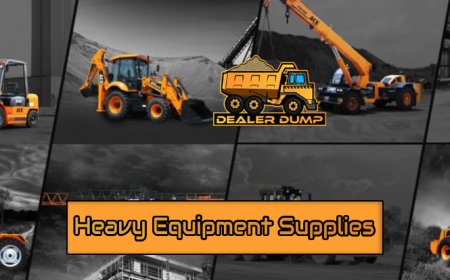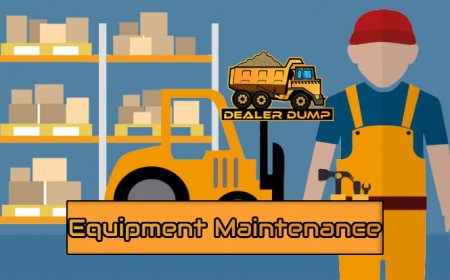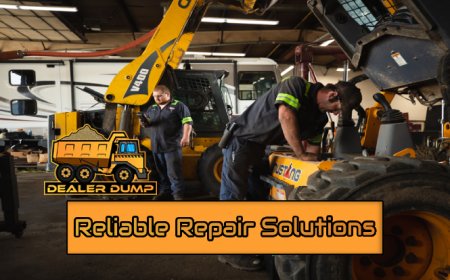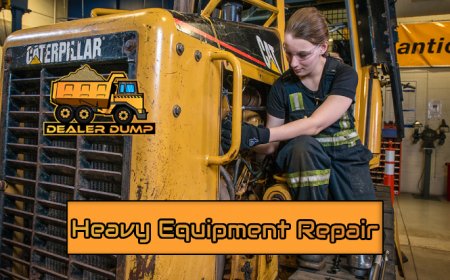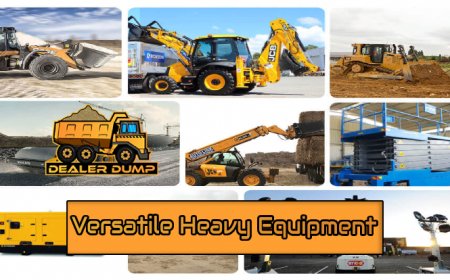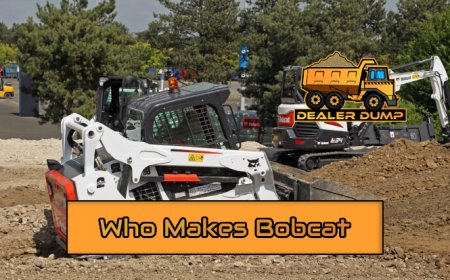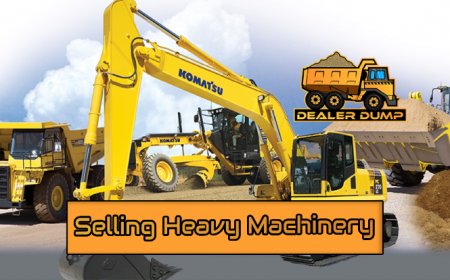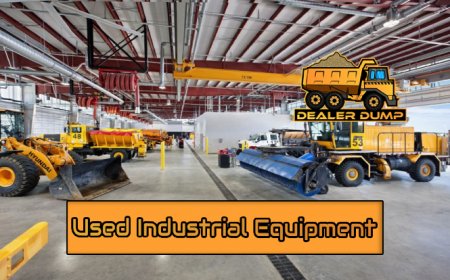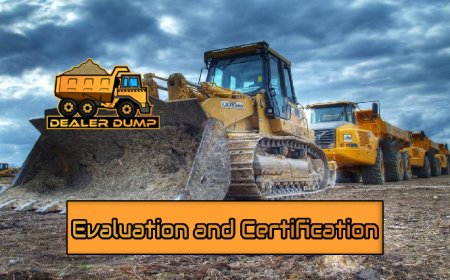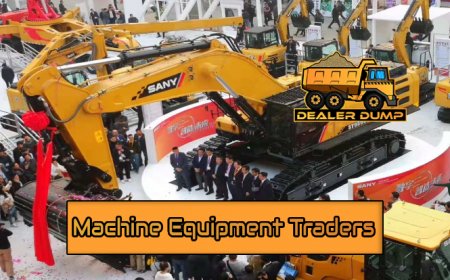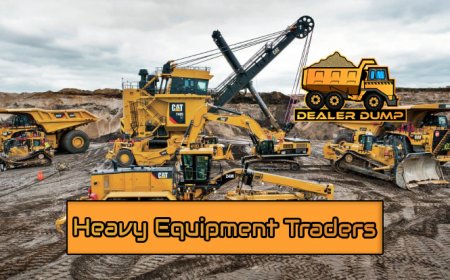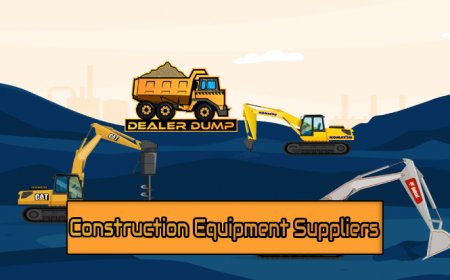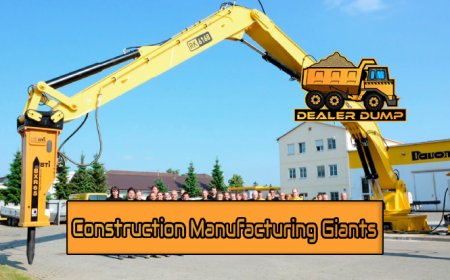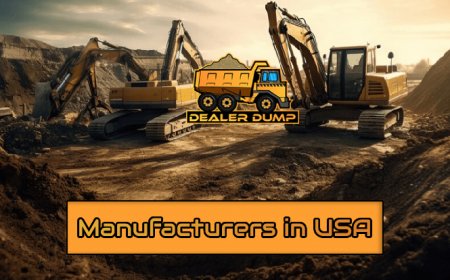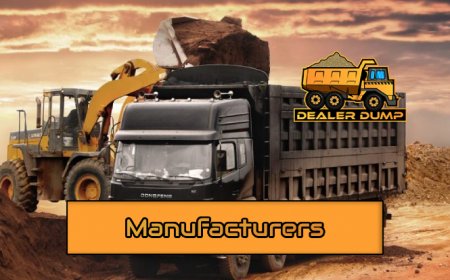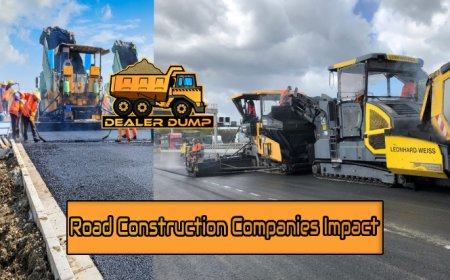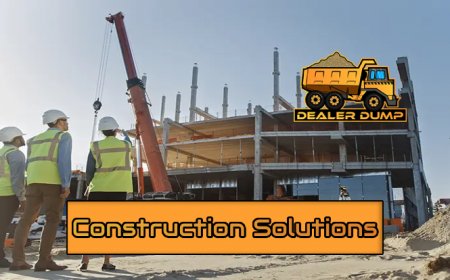Unveiling the Secrets of Heavy Equipment Repair
Delve into the intricacies of heavy equipment repair and understand the expertise of skilled technicians in resolving any machinery issues with utmost efficiency.
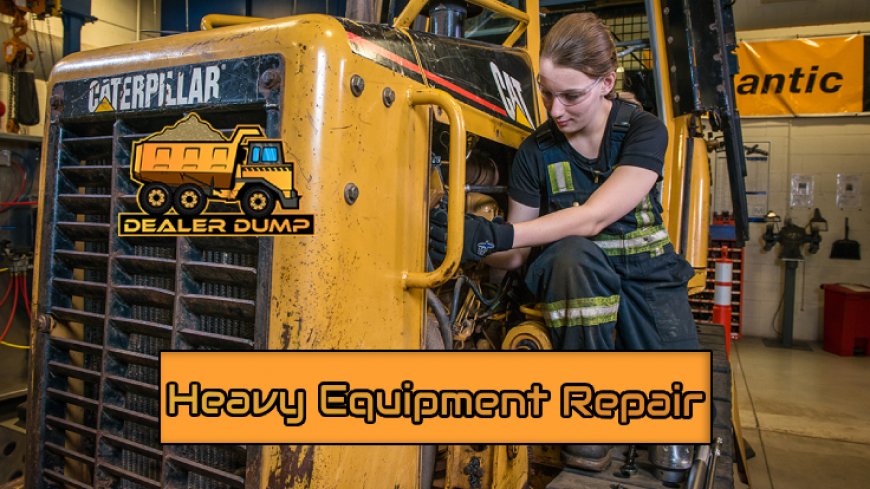
Unlocking the mysteries of heavy equipment repair is not an easy feat. This intricate field, which forms a critical part of the machinery industry, challenges even the most skilled technicians. Putting any daunting repair task to rest calls for a perfect blend of specialized skills, proficiency, and an in-depth understanding of heavy equipment intricacies. This article demystifies the enigmatic world of heavy equipment repair, unearthing its inherent challenges, methodologies, and advancements.
Navigating the Realities of Heavy Equipment Repair
The realm of heavy equipment repair is filled with nuances that demand meticulous attention. From understanding the machine's anatomy to diagnosing the actual issue and determining the best restoration approach, the journey is rigorous and demanding. Keen insight into this area ensures optimum machinery performance, improved lifespan, and reduced downtime.
Table of Contents
- Bolstering Knowledge in Heavy Equipment Machinery
- Techniques for Effective Problem Assessment
- The Art of Diagnosing Heavy Equipment Issues
- Pioneering Methods in Heavy Equipment Repair
- Tackling Challenges in Heavy Equipment Repair
- Exploring the Future of Heavy Equipment Repair
Bolstering Knowledge in Heavy Equipment Machinery
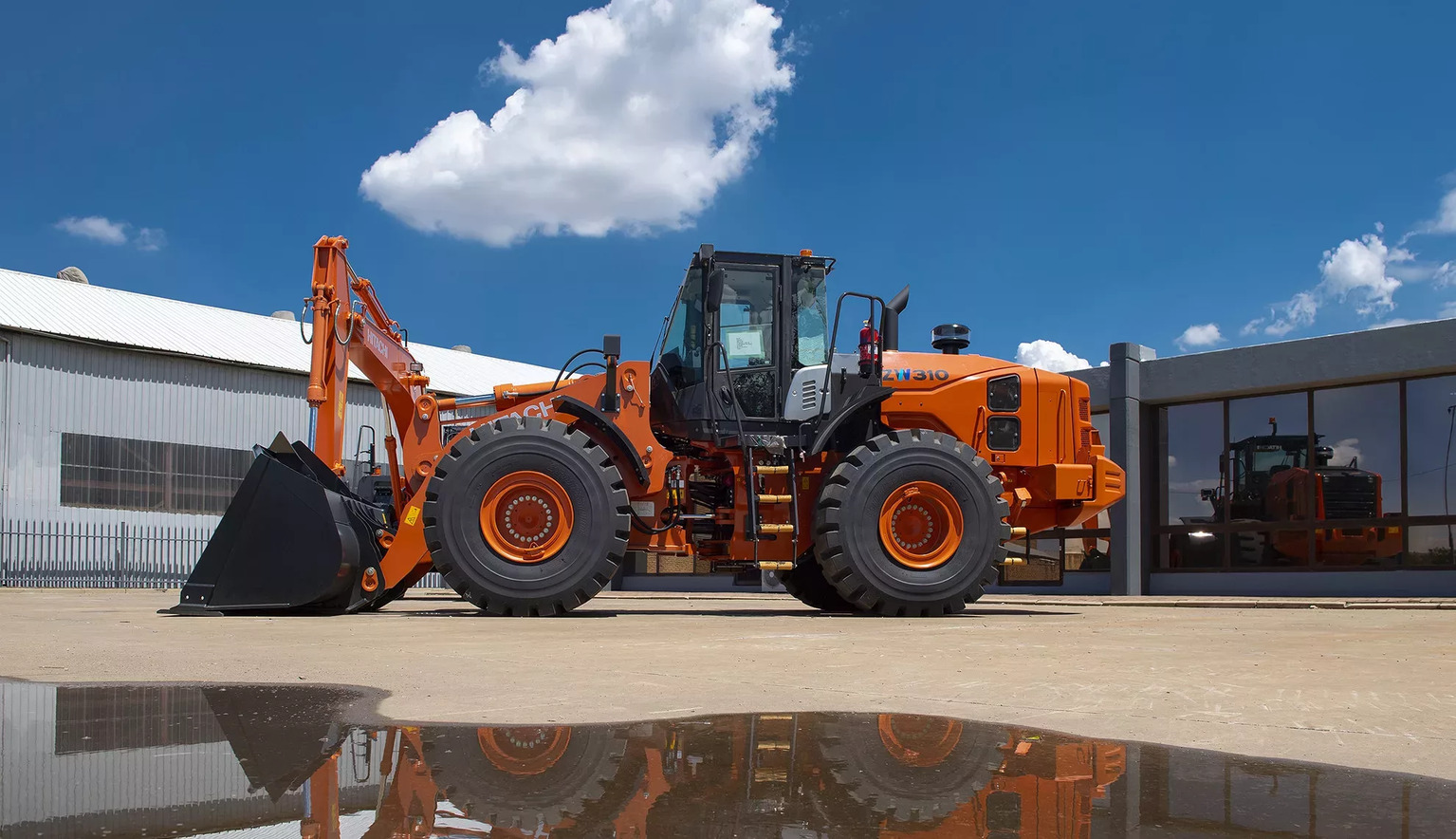
Having a robust understanding of heavy machinery forms the bedrock of any successful repair endeavor. As heavy equipment encompasses an array of machinery types, each with its own distinctive set of mechanisms, it's crucial to tackle each repair task with a unique approach.
Construction equipment, earth movers, cranes, bulldozers, excavators, and backhoes, are all part of the broad spectrum of heavy equipment machinery. A thorough understanding of these individual components and how they operate synergistically is key to effective repair.
Understanding Machinery Anatomy
Each machinery type houses a plethora of components, all seamlessly working together to ensure smooth operation. For example, an excavator's primary components include a boom, stick, bucket, and cab, each requiring a unique repair strategy when issues arise.
Techniques for Effective Problem Assessment
Properly identifying the root of a machinery issue is half the battle won. Effective problem assessment involves a keen eye for detail and an all-inclusive understanding of the machinery's operation, performance issues, and potential reasons for malfunctioning.
- Visual Inspection: This involves a comprehensive survey of the machinery to spot any visible defects or irregularities.
- Operational Testing: Operating the machine to check for performance issues can highlight operational discrepancies.
- Component Analysis: Examining individual components helps identify if a specific part is causing the problem.
The Art of Diagnosing Heavy Equipment Issues

"Diagnosis is not the end, but the beginning of practice," Martin H. Fischer once said. This rings true for heavy equipment repair, where accurate diagnosis sets the foundation for a successful repair.
Technicians often rely on their experience, coupled with advanced diagnostic tools and software, to precisely identify equipment issues. Though a time-consuming process, a careful and patient approach can prevent further damage and save valuable resources in the long run.
Utilizing Diagnostic Tools
Modern technology has played a pivotal role in shaping heavy equipment repair. Diagnostic tools, such as multimeters, engine analyzers, and diagnostic software, offer technicians an in-depth look into machinery health. These tools are not only vital for simplifying the complicated diagnostic procedure but also for ensuring repair accuracy.
Pioneering Methods in Heavy Equipment Repair

Developments in technology and industry standards have revolutionized the methods adopted for heavy equipment repair. Traditional repair techniques have given way to innovatively advanced procedures that prioritize not only accuracy and efficiency but also sustainability and cost-effectiveness.
Let's delve into the groundbreaking repair techniques leading the way in the heavy equipment industry.
- 3D Printing: This technology has the capability to reproduce machine components precisely, reducing downtime significantly.
- Remote Diagnosis: With the advent of IoT and connected devices, technicians now have the ability to diagnose and analyze machinery faults remotely. This largely mitigates the need for on-site visits.
- Augmented Reality (AR): AR assistance in repair work has upped the convenience factor, allowing for guided repair procedures in real-time.
Tackling Challenges in Heavy Equipment Repair
Heavy equipment repair, despite its advancements, is not devoid of challenges. The most common hiccups encountered in this field range from identifying obscure machinery problems to managing high repair costs and staying ahead in the technology curve.
The Constant Struggle with Time
In an industry where machine downtime can lead to substantial financial losses, quick and accurate fixes are everything. The pressure to reduce turnaround times often clashes with the need for thorough issue diagnosis and repair, creating a significant hurdle for technicians and repair companies alike.
Exploring the Future of Heavy Equipment Repair
The future of heavy equipment repair paints a promising picture, laden with advancements and innovation. As we move towards an increasingly digital era, experts predict that AI, machine learning and automation will assume bigger roles in diagnosing and repairing machinery.
Additionally, as sustainability gains higher importance, the industry will likely see a shift towards more eco-friendly repair procedures on various fronts; from waste disposal to reducing the carbon footprint of repair operations.
In conclusion, the field of heavy equipment repair is indeed a vast, complex, and continuously evolving one. Technicians stepping into this world must arm themselves with thorough machinery knowledge, diagnostic expertise, awareness of the latest repair techniques, and a constant zeal for learning. This not only ensures efficient and precise repair but also contributes significantly to maintaining the robustness, longevity, and productivity of valuable heavy machinery.
What's Your Reaction?







